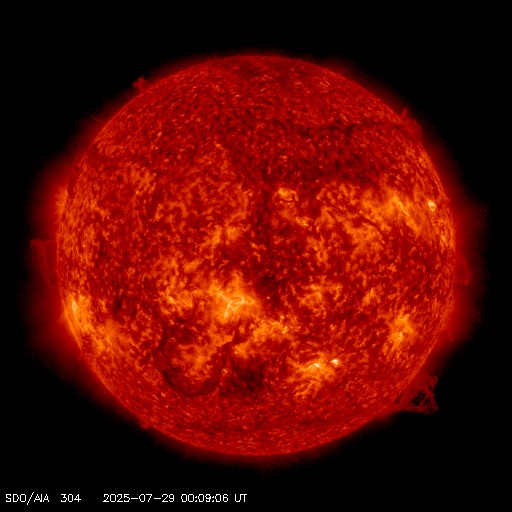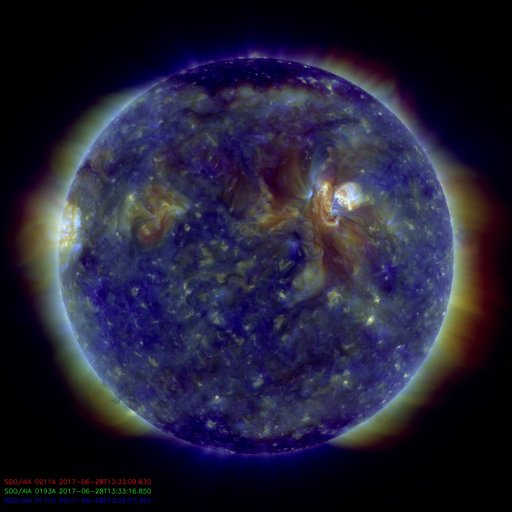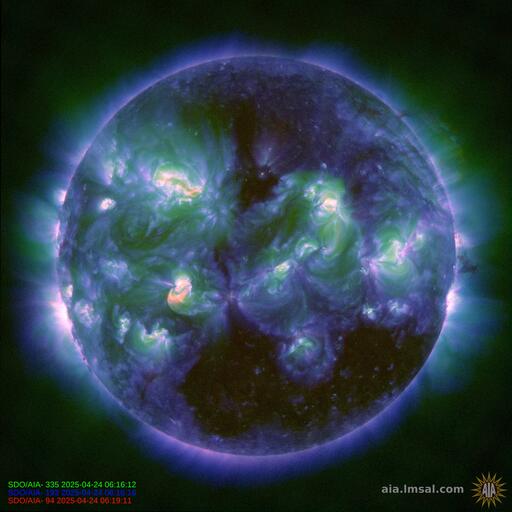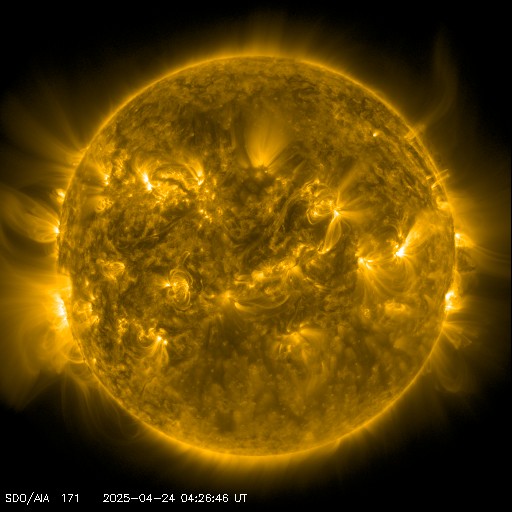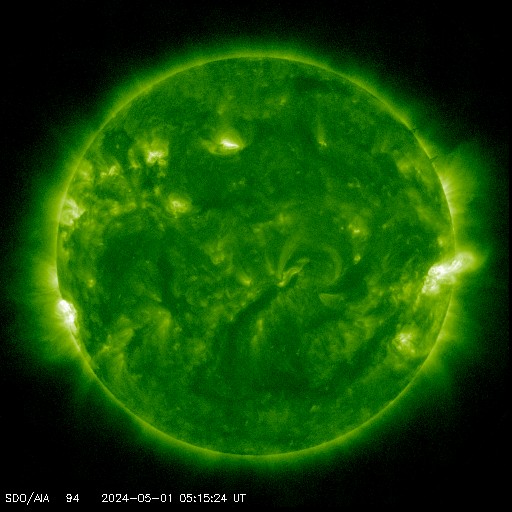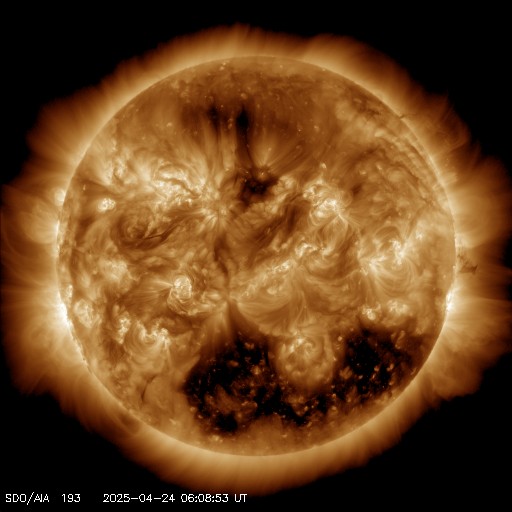Monster sunspot 1476 has produced a M4.7 solar flare today peaking @ 12:32 UTC and a M1.8 flare peaking @ 14:08 UTC May 9.
For Today SWPC has given sunspot 1476 a 65% chance of producing a M flare and a 10% chance for producing a X flare.
Check back often for further updates
and alerts as today's events develop.
All updates will be added to the bottom
of this reportRegion 11476 [N10E33] has developed slowly with a strong magnetic delta structure forming in the southern part of the huge leading penumbra. Another strong delta with nearly no distance between opposite polarity umbrae is in a penumbra in the northern central part of the region. A major flare will become likely if the current development continues.
credit solen
IIB. Geophysical Activity Forecast: The geomagnetic field is
expected to be quiet to unsettled on day one (09 May). Day two (10
May) is expected to be at quiet to active levels with a chance for
minor storm periods due to the effects of the Coronal Hole High
Speed Stream (CH HSS) and the anticipated arrival of the CME that
departed the solar disk on 07 May. Day three (11 May) is expected
to return to quiet to unsettled levels as the effects of the CH HSS
begin to wane.
credit SWPC
Updated @ 21:10 UTC May 9, 2012:
1476 has produced another M Flare. A M4.1 solar flare peaking at 21:05 UTC May 9th.
Looking at the current SDO magnetogram images there is some movement seen within the middle of 1476. This could lead to more moderate to major flares in the coming hours. stay tuned.

